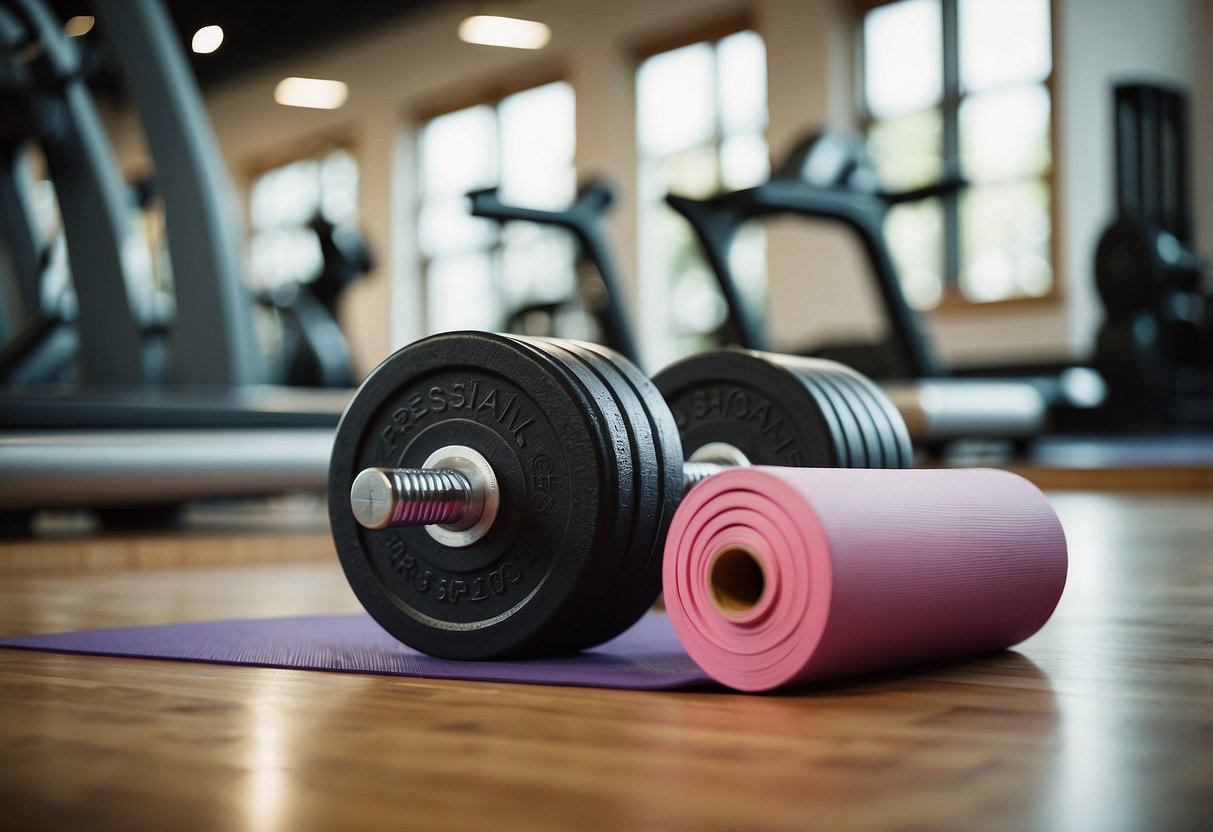
Creating a balanced workout routine that includes strength training, cardio, and flexibility exercises is key to achieving comprehensive fitness goals. By combining these three elements, individuals can improve muscle strength, cardiovascular health, and overall flexibility. This well-rounded approach not only enhances physical performance but also reduces the risk of injury and promotes long-term health.
Strength training is crucial for building muscle mass and increasing metabolism, which helps in maintaining a healthy weight. Cardio exercises improve heart health and endurance, while flexibility routines like stretching or yoga enhance the range of motion and reduce muscle tension. Integrating all three components creates a harmonious fitness regimen that addresses various aspects of health and wellness.
A well-structured workout plan should cater to individual fitness levels and goals, ensuring that each session is both effective and enjoyable. Balancing different types of exercises keeps workouts engaging and provides varied benefits, making it easier to stay committed to a regular fitness program.
Establishing Fitness Goals
Setting fitness goals helps tailor a workout plan to individual needs, aligning with exercise preferences, age, and fitness levels. It’s crucial to ensure these goals are realistic and personalized.
Setting Achievable Targets
Achievable targets form the foundation of effective fitness plans. Goals should be specific and time-bound. For instance, wanting to lose 10 pounds in three months gives a clear timeframe. Striving to build muscle can involve setting a target weight to lift or specific muscle groups to focus on. Aiming for daily exercise also aids in habit formation. Aligning goals with personal interests, such as joining a running club or participating in yoga, enhances motivation. Age plays a role in determining exercise frequency and intensity, with younger individuals potentially engaging in more vigorous activities compared to older adults.
Knowing Your Fitness Level
Knowing one’s fitness level is crucial in establishing realistic goals. Beginners might start with lighter activities like brisk walking or beginner yoga. More experienced individuals may target high-intensity workouts or weightlifting. Age and existing health conditions must be considered, influencing the types of exercises and their intensity levels. Assessments like a fitness test or seeking guidance from a fitness professional can help determine current fitness status. This knowledge prevents overtraining and reduces injury risk. Tracking progress helps in adjusting goals and staying motivated, ensuring continued improvement and alignment with personal fitness objectives.
Components of a Balanced Workout

A well-rounded workout plan combines elements that target various aspects of fitness, including strength, cardiovascular health, and flexibility. This ensures comprehensive development and overall well-being.
Strength Training Essentials
Strength training focuses on enhancing muscle power and endurance. It involves exercises that target major muscle groups, such as the chest, back, legs, and arms.
Examples include weightlifting, resistance bands, and bodyweight exercises. Strength training increases muscle mass, which in turn boosts metabolism and helps in weight management. It’s crucial to follow a routine that balances all muscle groups to avoid imbalances and injuries. People should aim to train each muscle group at least twice a week for optimal results.
Cardiovascular Exercise for Heart Health
Cardiovascular exercise is vital for maintaining heart health. Activities such as running, cycling, and swimming improve the efficiency of the cardiovascular system.
These exercises increase heart rate, promoting better circulation and reducing the risk of heart disease. Regular cardio sessions also aid in weight loss and improve lung capacity. It’s essential to include varied cardio exercises to keep the routine engaging and to target different aspects of fitness. The recommended amount is at least 150 minutes of moderate-intensity or 75 minutes of high-intensity cardio per week.
Importance of Flexibility and Range of Motion
Flexibility exercises help maintain and improve the range of motion in joints. Practices like yoga and stretching are critical for preventing injuries and enhancing overall movement.
Regular flexibility training ensures muscles remain supple and joints function correctly. It is particularly beneficial after strength training sessions to aid muscle recovery and reduce soreness. Consistent flexibility exercises also relieve stress and tension in the body, promoting relaxation and mental well-being. Aim to incorporate flexibility work at least three times a week for optimal benefits.



